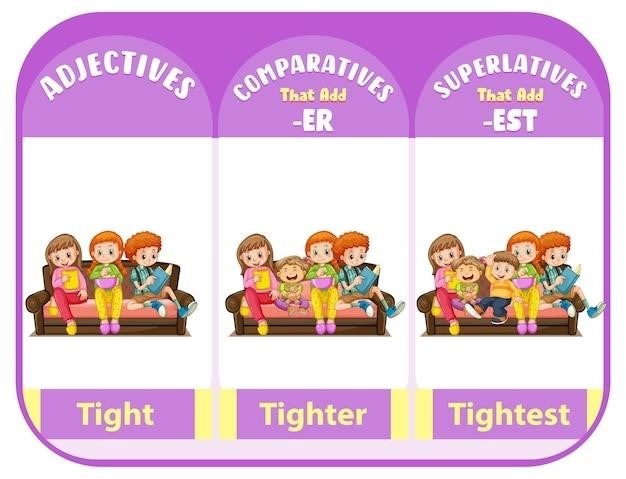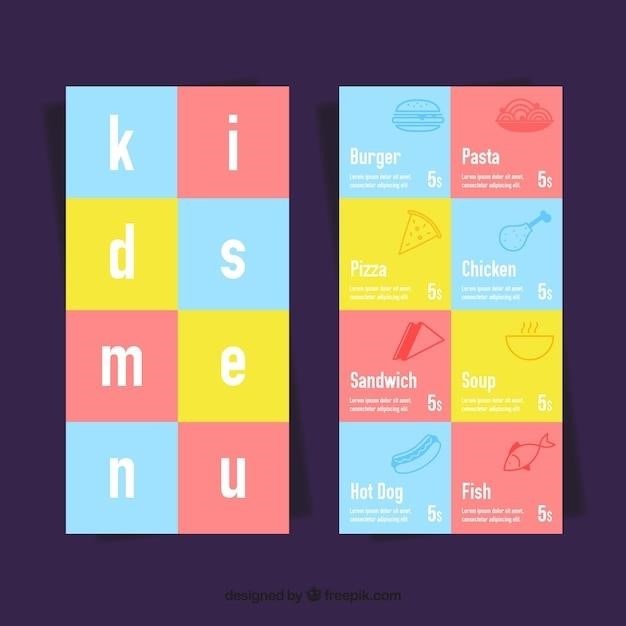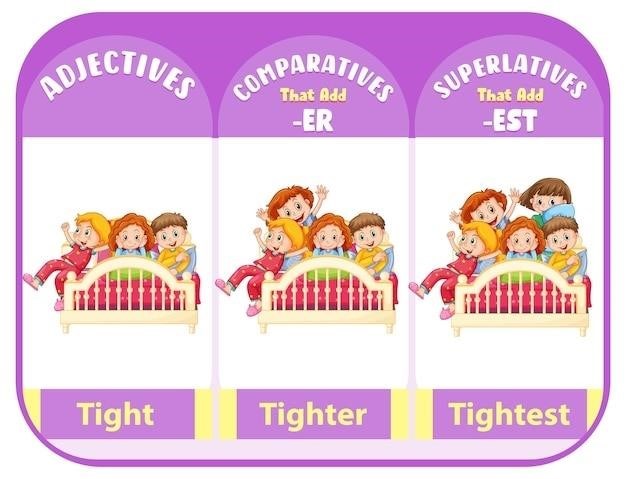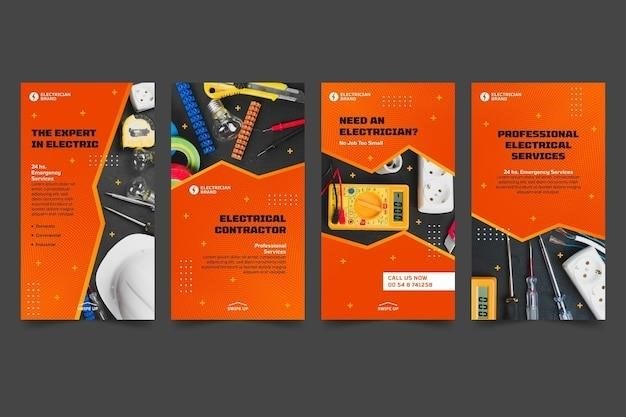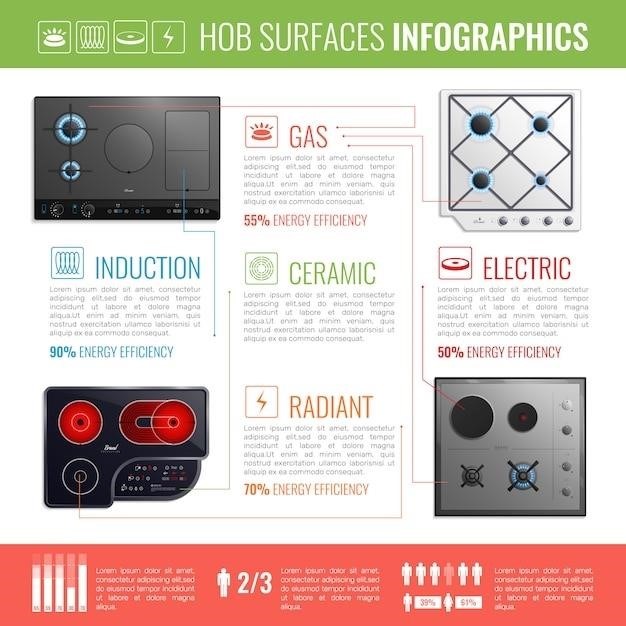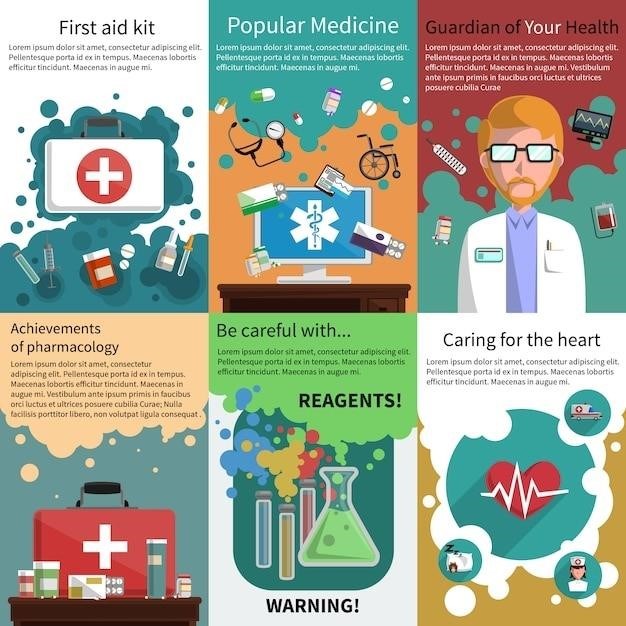Cohabitation Agreements⁚ A Comprehensive Guide
This guide explores cohabitation agreements, legally binding contracts for unmarried couples sharing a life. These agreements define financial responsibilities, asset division, and property ownership, offering clarity and protection should the relationship end. Downloadable templates are available to simplify the process. Legal counsel is recommended for complex situations.
What is a Cohabitation Agreement?
A cohabitation agreement, also known as a living together agreement, is a legally binding contract between two individuals who are not married but are choosing to live together. It’s a crucial document outlining the financial and legal aspects of their shared life. Unlike marriage, cohabitation doesn’t automatically grant legal rights regarding finances, property, or assets. A cohabitation agreement proactively addresses these potential issues, preventing disputes and clarifying responsibilities.
The agreement details how shared expenses will be handled, such as rent, utilities, groceries, and other household costs. It also clarifies ownership and responsibilities for any jointly purchased property or assets. Importantly, it addresses what happens in the event of separation or death, including the division of assets and financial obligations. A well-drafted agreement protects both parties’ interests and ensures a fair and transparent arrangement. While not a substitute for legal advice, a cohabitation agreement provides a framework for a stable and legally sound cohabiting relationship.
The specific clauses within a cohabitation agreement will vary depending on the couple’s individual circumstances and financial situations. However, a comprehensive agreement typically covers all major aspects of shared living, offering peace of mind and legal protection. The availability of downloadable templates can simplify the process of creating this vital document, but seeking legal advice is always recommended to tailor the agreement to specific needs.
Essential Clauses in a Cohabitation Agreement
A comprehensive cohabitation agreement should include several key clauses to protect both parties’ interests. Crucially, it must clearly define the financial contributions of each individual towards shared expenses, such as rent, mortgage payments, utilities, and groceries. The agreement should specify how these costs will be divided, whether equally or according to a pre-agreed percentage. Furthermore, it’s essential to outline the ownership and management of any jointly acquired assets, including property, vehicles, investments, and savings accounts. This section should detail how these assets will be handled during the relationship and in the event of separation.
Another vital clause addresses the division of assets in case of a breakup. This should include a detailed inventory of jointly owned possessions, specifying how they will be divided fairly. The agreement must also define the responsibilities of each party regarding household chores and maintenance. Consider including clauses about debt management, outlining how any shared debts will be handled. Finally, a well-drafted agreement will clearly state that the cohabitation does not constitute a marriage, emphasizing the legal distinction between the two. These clauses, while seemingly straightforward, form the foundation of a legally sound and mutually beneficial cohabitation agreement.
Remember, while templates can be helpful, it’s strongly advised to consult with legal professionals to ensure the agreement accurately reflects the specific circumstances and protects the rights of all involved parties. A lawyer can help create a legally sound and comprehensive document that stands up in a court of law should any disputes arise.
Financial Arrangements and Asset Division
The financial section of a cohabitation agreement is paramount, detailing how shared expenses and assets will be managed throughout the relationship and upon its dissolution. It should clearly outline each partner’s financial contributions to household expenses, specifying percentages or fixed amounts for rent, utilities, groceries, and other shared costs. This ensures transparency and prevents future disputes. Moreover, the agreement must address the ownership and management of jointly acquired assets, such as bank accounts, investments, and property. Detailed descriptions of these assets, including account numbers and property addresses, are crucial.
A vital component of this section is the plan for asset division in case of separation or dissolution of the partnership; It should stipulate how jointly owned assets will be divided, outlining specific procedures for the fair distribution of property, vehicles, and investments. The agreement might incorporate methods like equal division, proportional contributions based on financial input, or other agreed-upon methods. Furthermore, it is essential to address existing individual assets and debts, clarifying whether these remain separate or become subject to shared responsibility under specific circumstances. This detailed approach minimizes ambiguity and potential conflict, protecting both partners’ financial well-being.
Consider including a mechanism for regular review and updates to the financial arrangements, allowing for adjustments as the relationship evolves. This ensures the agreement remains relevant and reflects the changing financial circumstances of both partners. It’s highly recommended that a financial professional or legal expert reviews this section to ensure its clarity, legality, and protection of the parties involved.
Property Ownership and Responsibilities
A comprehensive cohabitation agreement meticulously addresses property ownership and related responsibilities, establishing clarity regarding who owns what and the associated duties. This section should explicitly detail ownership of existing properties brought into the relationship by each partner, clarifying whether these remain solely owned or become jointly owned. For properties acquired during the cohabitation period, the agreement must specify ownership, whether joint or individual, and the contributions each partner made towards its acquisition (down payment, mortgage payments, renovations). This ensures transparency and prevents future disputes over ownership claims.
Furthermore, the agreement should delineate responsibilities for property maintenance, repairs, and improvements. This might involve assigning specific tasks or designating financial responsibility for upkeep and repairs. For instance, it might specify one partner’s responsibility for lawn care while the other handles interior maintenance. The agreement should also address how property insurance is handled, including who is named as the insured and how premiums are paid. It’s crucial to include specific details about the type of insurance coverage, addressing potential liabilities and ensuring adequate protection for both parties.
In case of separation, the agreement needs to outline the process for property division or sale, specifying the procedure for determining fair market value and how the proceeds will be distributed. This might involve appraisal, negotiation, or even mediation. This proactive approach helps to prevent protracted legal battles and ensures a smoother transition should the relationship end. The level of detail in this section should reflect the complexity of the assets involved, ensuring a clear and legally sound agreement.
Legal Costs and Considerations

The cost of creating a cohabitation agreement varies significantly based on the complexity of the arrangement and the assets involved. Simple agreements with straightforward financial arrangements might cost as little as a few hundred dollars, while more complex situations involving substantial assets or intricate property ownership structures can necessitate higher legal fees. It’s crucial to understand that these costs are an investment in protecting your rights and interests.
Engaging legal counsel is strongly recommended to ensure the agreement is legally sound and protects both parties’ rights. A lawyer can help draft a comprehensive and legally robust agreement, minimizing the risk of future disputes. While using online templates might seem cost-effective initially, the potential for ambiguity and legal loopholes could prove far more expensive in the long run should disagreements arise.
Legal costs should be considered a necessary expense, safeguarding against potential financial losses and protracted legal battles. The peace of mind offered by a professionally drafted agreement outweighs the initial investment, reducing the risk of costly litigation and emotional distress. Therefore, prioritizing legal expertise ensures a well-structured agreement that stands up to legal scrutiny and effectively protects your interests.
Remember to factor in additional costs that might arise, such as those associated with mediation or arbitration if disagreements occur later. A well-drafted agreement, however, can often prevent the need for such expensive resolutions.
Downloading Cohabitation Agreement Templates
Numerous websites offer downloadable cohabitation agreement templates in PDF format. These templates provide a framework for creating your agreement, allowing you to fill in the specifics of your situation. However, it’s crucial to understand that using a template does not replace professional legal advice. While templates offer a convenient starting point, they may not fully address the nuances of your individual circumstances and could inadvertently leave crucial aspects unaddressed.
Before downloading, carefully review the terms and conditions of the website providing the template. Ensure the template is current and complies with the relevant laws in your jurisdiction. Be aware that free templates may lack the comprehensive clauses necessary to protect your interests fully. Using a template also carries the risk of errors or omissions, leading to legal vulnerabilities.
Consider the complexity of your situation when choosing a template. Simple templates might suffice for couples with few assets and straightforward financial arrangements. However, those with significant assets, complex property ownership, or children should seek professional legal guidance rather than relying solely on a generic template. The potential consequences of an inadequately drafted agreement far outweigh the cost of seeking professional legal assistance.
While downloading a template can be a helpful initial step, it’s imperative to remember that a legally sound cohabitation agreement requires careful consideration and ideally, the expertise of a legal professional to ensure it adequately protects both parties’ rights and interests.
Common FAQs Regarding Cohabitation Agreements
Many couples have questions about cohabitation agreements. A frequent query revolves around the cost. The price varies depending on the complexity of the agreement and the assets involved; simpler agreements may cost less, while those involving significant property or financial holdings naturally incur higher fees. Another common question concerns the legal enforceability. While not legally mandated, a well-drafted cohabitation agreement is generally enforceable in court, providing a clear framework for resolving disputes. Concerns about the agreement’s impact on future relationships are also raised. A cohabitation agreement solely addresses the current relationship and doesn’t dictate future legal implications.
Questions about modifying existing agreements often arise. Amendments are possible, usually requiring mutual consent and potentially necessitating legal counsel to ensure the revised agreement remains legally sound. The process of creating an agreement often prompts questions about required documentation. Essential documents include details about assets, liabilities, and financial contributions of each party, potentially involving bank statements, property deeds, and other relevant financial records. Finally, the question of whether a cohabitation agreement replaces a will frequently arises. The two are distinct; a cohabitation agreement handles shared assets during the relationship, while a will dictates asset distribution after death.

The Importance of Legal Counsel
While downloadable templates offer convenience, seeking legal counsel when drafting a cohabitation agreement is highly advisable, particularly for couples with complex financial situations or significant assets. A solicitor can ensure the agreement is legally sound, protects both parties’ interests, and complies with all relevant laws. Their expertise helps navigate potential legal pitfalls and ensures the agreement is enforceable. They can also clarify ambiguous points and advise on the implications of specific clauses. This is especially critical in situations involving substantial property ownership, significant debt, or pre-existing assets brought into the relationship. The cost of legal counsel may seem initially daunting, but the peace of mind and long-term protection it provides often outweigh the expense.
Legal professionals can assist in fair and equitable asset division, ensuring both parties are adequately represented. They can also help prevent future disputes by addressing potential conflicts proactively. The legal complexities involved in cohabitation agreements, especially concerning property rights and financial obligations, necessitate professional guidance to avoid costly misunderstandings or legal battles down the line. Moreover, a lawyer can explain the legal implications of the agreement in clear, understandable terms, ensuring both partners fully comprehend their rights and responsibilities. This proactive approach significantly reduces the risk of future disagreements and protects the couple’s relationship.

